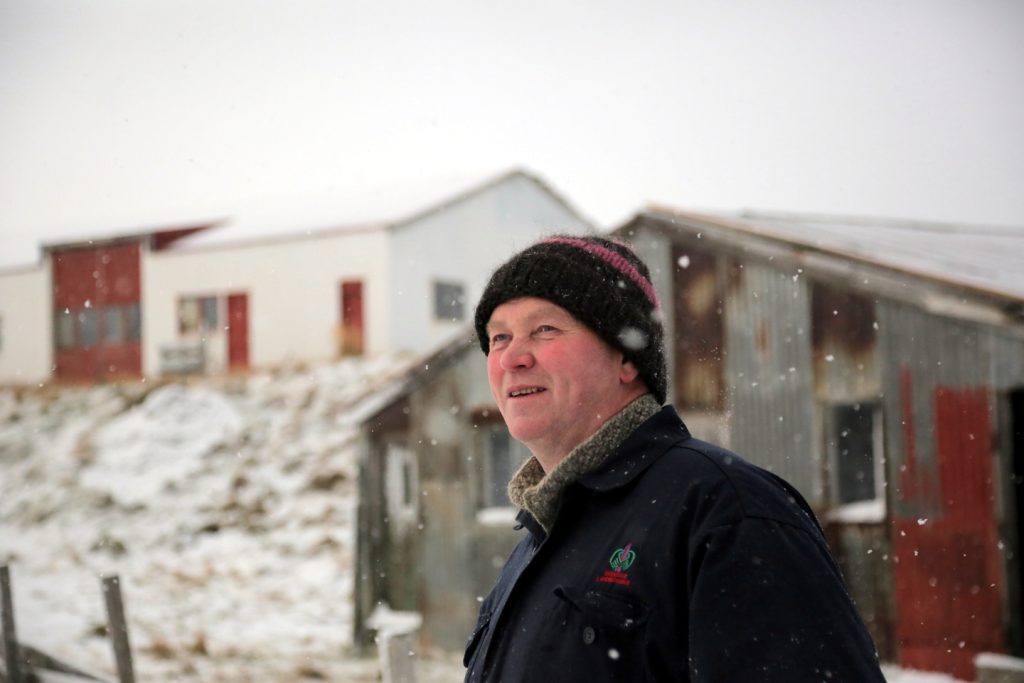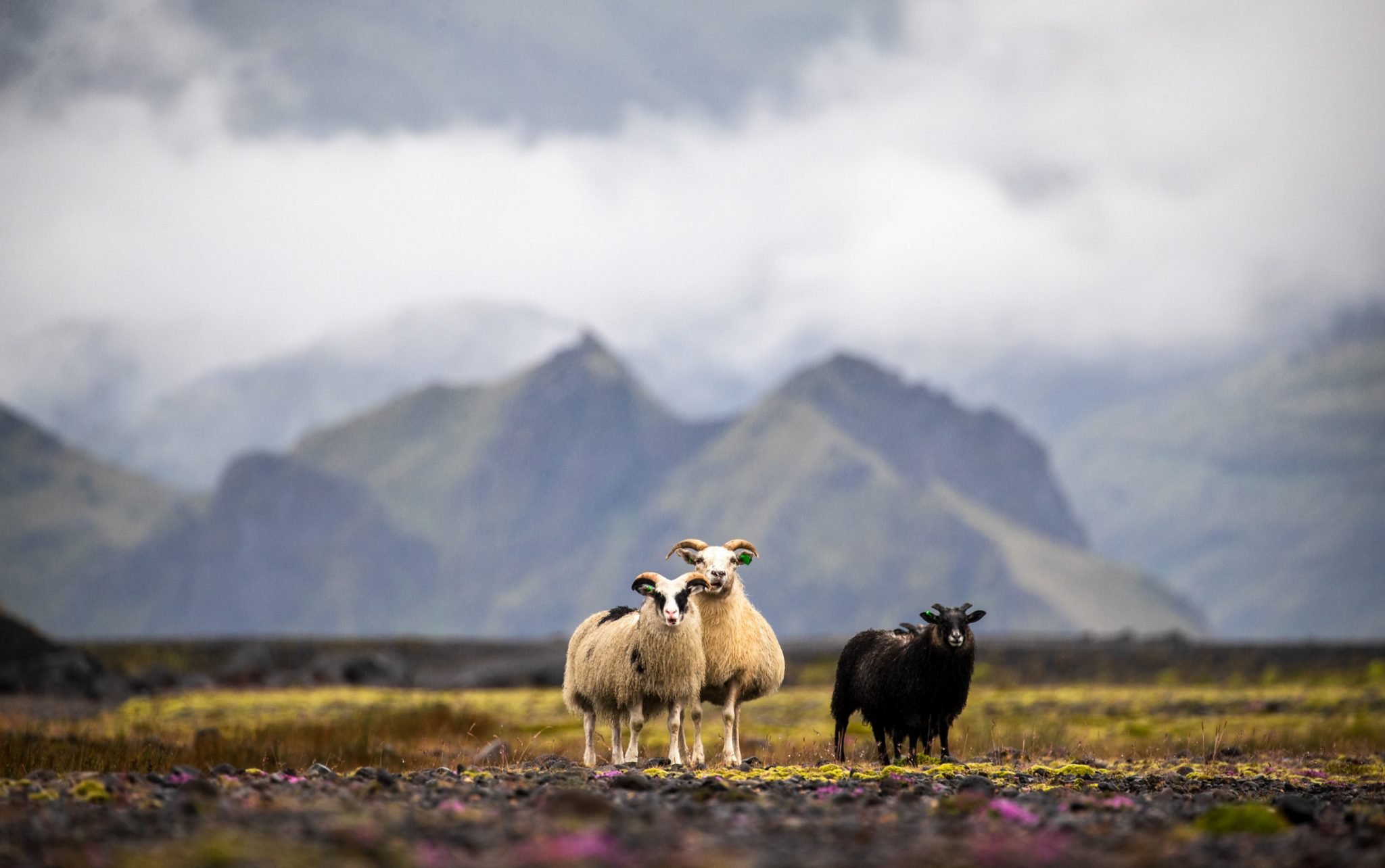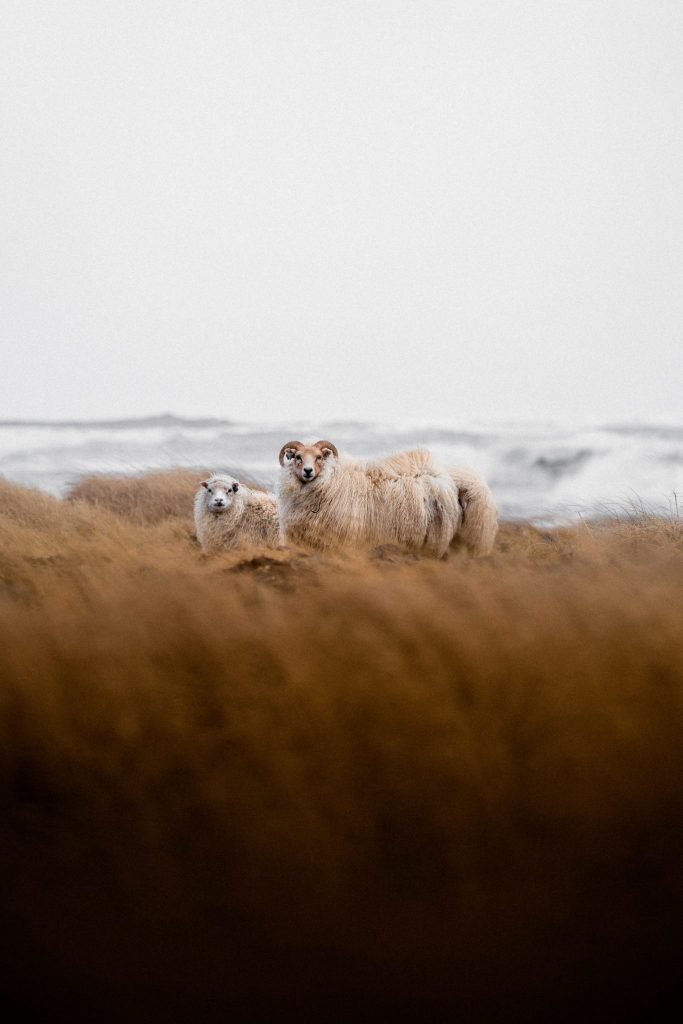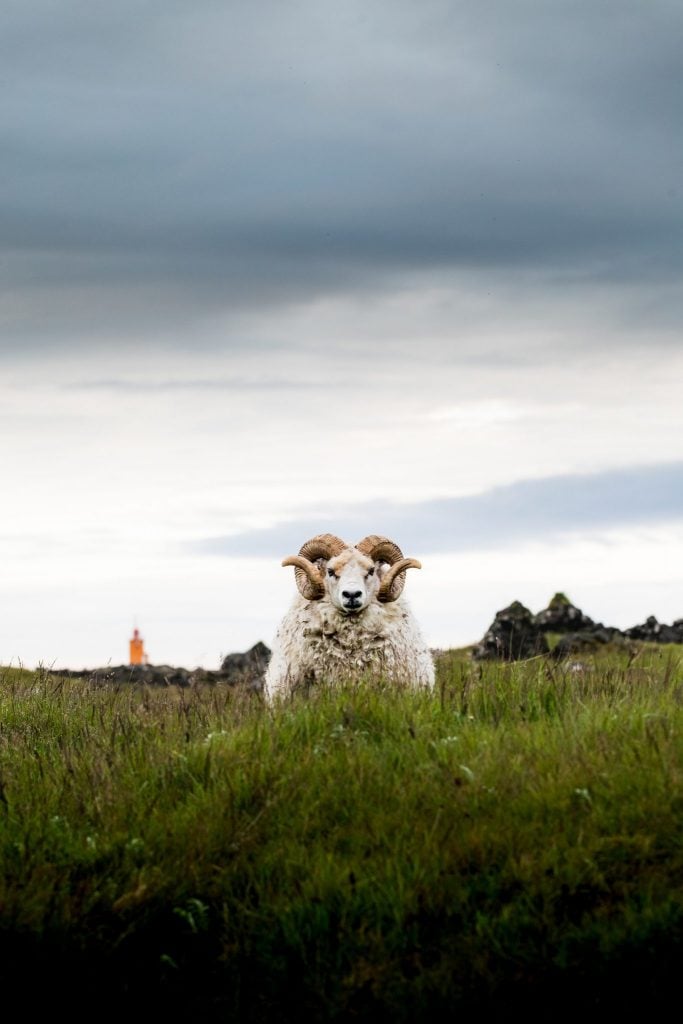Sheep have roamed the Highlands and mountains of Iceland ever since Vikings started settling the land in the 9th Century. They brought sheep to the island from their Norwegian homeland. To the south of Húnaflói – Bay of Bears – far in the North, is one of Iceland’s longest fjords named Hrútafjörður – Fjord of Rams. The Viking settler Ingimundur gamli – Old Ingimundur, who named the fjord, had come from Norway.

“Came spring, they traveled north through the mountains and came onto a fjord where they found two rams; they named it Hrútafjörður – Fjord of Rams. ” – Book of Settlement
Throughout the centuries, the lives of Icelanders have revolved around sheep. When the Vikings set foot on Iceland over 1100 years ago, their unique breed of sheep kicked and jumped into Iceland’s rich green wilderness. The country’s sheep farming tradition is older than the Icelandic nation and the sheep farms are family-owned businesses. Today’s robust breed is a direct descendant of the first sheep and genetically identical.
Icelandic sheep have evolved to become pure, strong and robust enough to endure and survive the harsh weather conditions in the High North. The farmers take a personal approach to the welfare of their livestock. In May, at the start of the lambing season, they prepare for the birth of a new flock. They take great care to track the lambs as they grow and develop in sheep sheds, preparing for a summer in wild mountain pastures. In the autumn, the farmers saddle their horses and head for the Highlands and gather the sheep into folds. The whole nation takes notice. Nobel laureate Halldór Laxness grasped the essence of the Icelanders’ survival through the centuries:
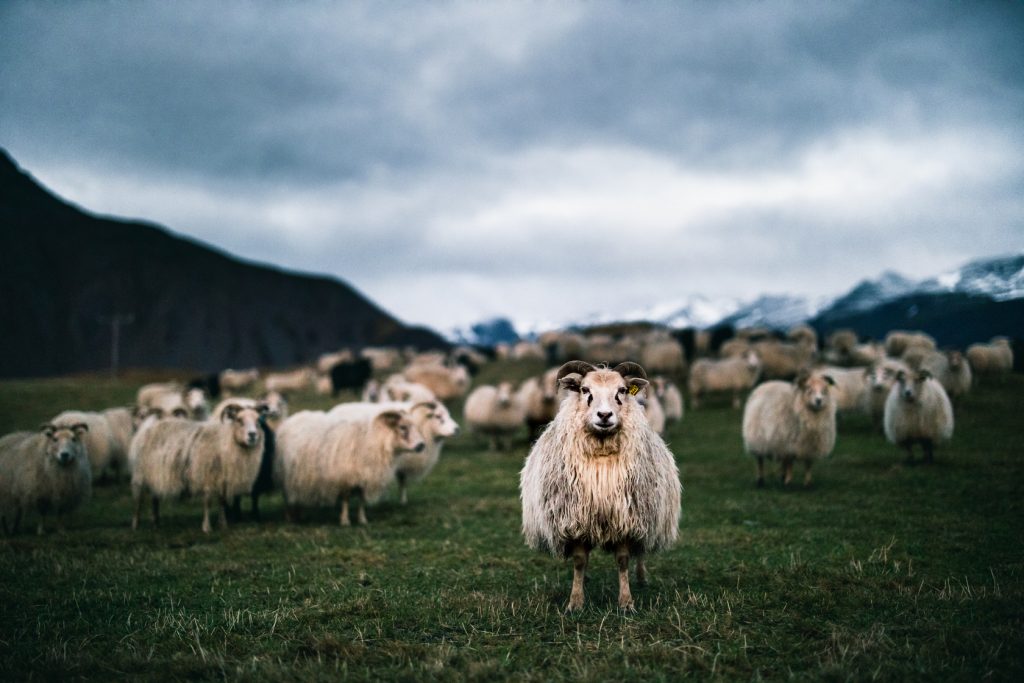
“I and my people live in peace and tranquility with our sheep. We are fine while the sheep are fine and we have enough of everything while the sheep have enough of everything. ” – Bjartur of Summerhouses. Independent People
Pastures like nowhere else
The Icelandic nation would not have survived the harsh conditions throughout the centuries without the Icelandic sheep. The breed, the characteristic meat and the natural environment of the farms, starts and ends with Icelandic heritage. “Where sheep lives, man lives.” Laxness wrote.
Iceland is one of the world’s youngest land masses, surrounded by the North Atlantic and on the cusp of the Arctic Circle. Icelandic Lamb is the world’s purest breed, reared in the world’s purest natural environment. The farmers’ methods and traditions are natural. Nature does the work, so when it comes to natural rearing and animal welfare, nothing compares to Icelandic lamb. The meat is free from pesticides, herbicides, hormones, growth-promoting antibiotics and GMOs. This Icelandic quality sets a standard that few can compete with.
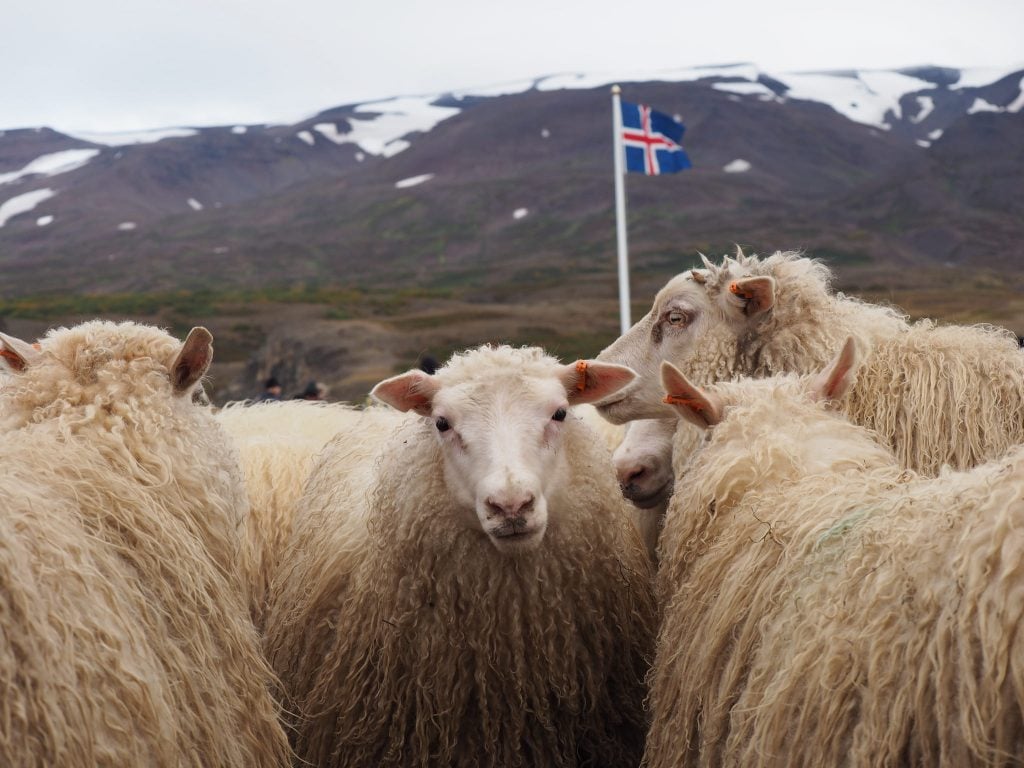
Taste unrivaled globally
The taste of Icelandic Lamb is unrivaled globally with its tender, fine-textured meat flavored by the wild pastures of the untainted Icelandic nature. Icelandic lamb’s subtle spicy flavors originate in the wild herbs and berries the lambs graze on, from red clover to Arctic thyme, sedge, willow, thrift and angelica. Together with the breed being rich in Omega-3 and iron, Icelandic Lamb has a distinctive game-like flavor that creates a unique taste experience.
